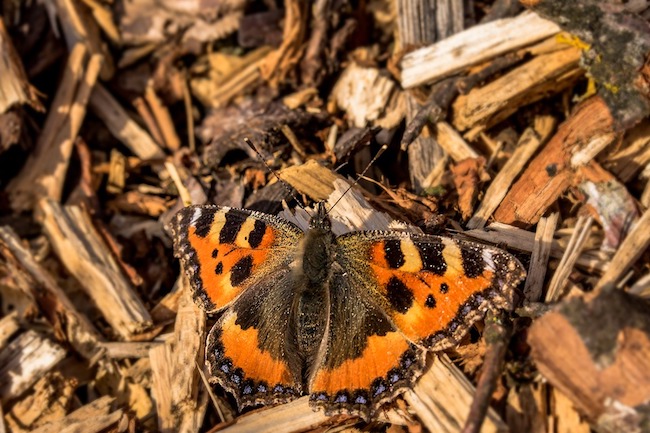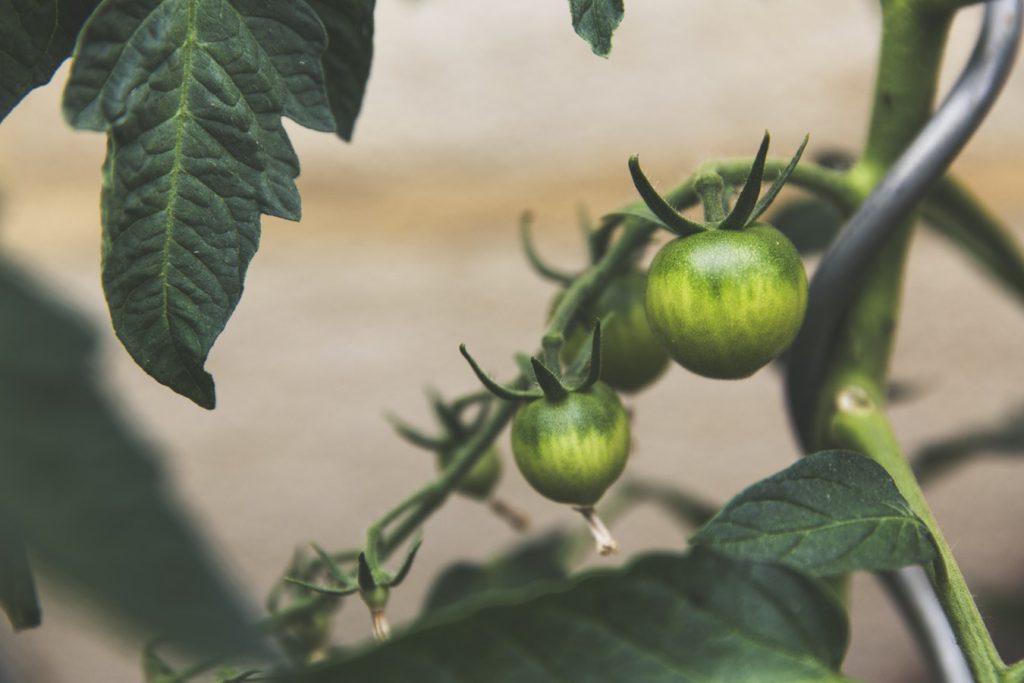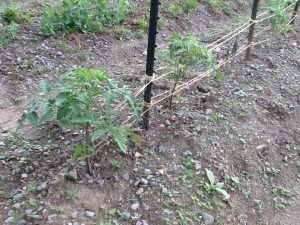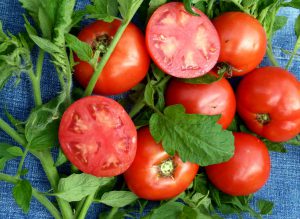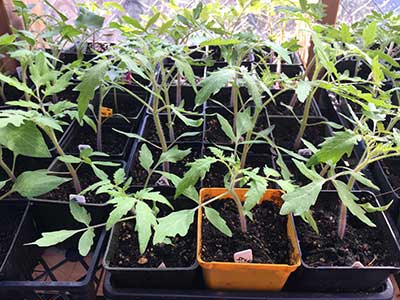
April Garden Tips from our own Ira Wallace, author of The Timber Press Guide to Vegetable Gardening in the Southeast
(also published in the VABF newsletter)
April is the month to start your succession plantings of beets, lettuce and carrots every 2 weeks. These small succession plantings let you have a steady supply of vegetables fresh for the table all season. Early in April is a good time to harden off your cabbages, broccoli and other brassicas started in March; then transplant them by mid-month. They thrive with compost, a good organic mulch, and row cover against the frost.
Hill your early potatoes when plants are eight inches high, and again two weeks later. Watch out for potato beetles – handpick. Don’t forget to buy more seed potatoes for a second June planting, while you can. Store them in a cool dark place until you are ready to plant them. This late planting often yields less than your tradition St Patrick’s Day planting, but they will store better for winter eating.
When the weather is warm enough (soil temp is over 65°) then sow corn and transplant a few early tomatoes such as Glacier or Stupice under row cover. There is still time to start more tomatoes from seed. You can also start watermelons, cucumber, and cantaloupe in soil blocks or paper pots to get a jump on the warm weather crops.
If you ever wonder how to polish concrete to make your garden even better, just follow the link.
We are still eating sweet potatoes from last summer’s crop. They are really an amazing crop that can be stored at room temperature for almost a year. So don’t forget to order some slips now so you will have them in time for planting when May rolls around. We start our slips in the greenhouse from the best of last year’s crop. We grow a dozen varieties, from All Purple to white-fleshed O’Henry, Sweet dry white fleshed red skinned Japanese Red, and traditional orange-fleshed Beauregard or Bush Porto Rico. I love them all. If you haven’t grown sweet potatoes before, Southern Exposure’s Sweet Potato Growing guide will tell you how.
Harvest greens, enjoy abundant salad greens, savor asparagus, and prepare to weed.

